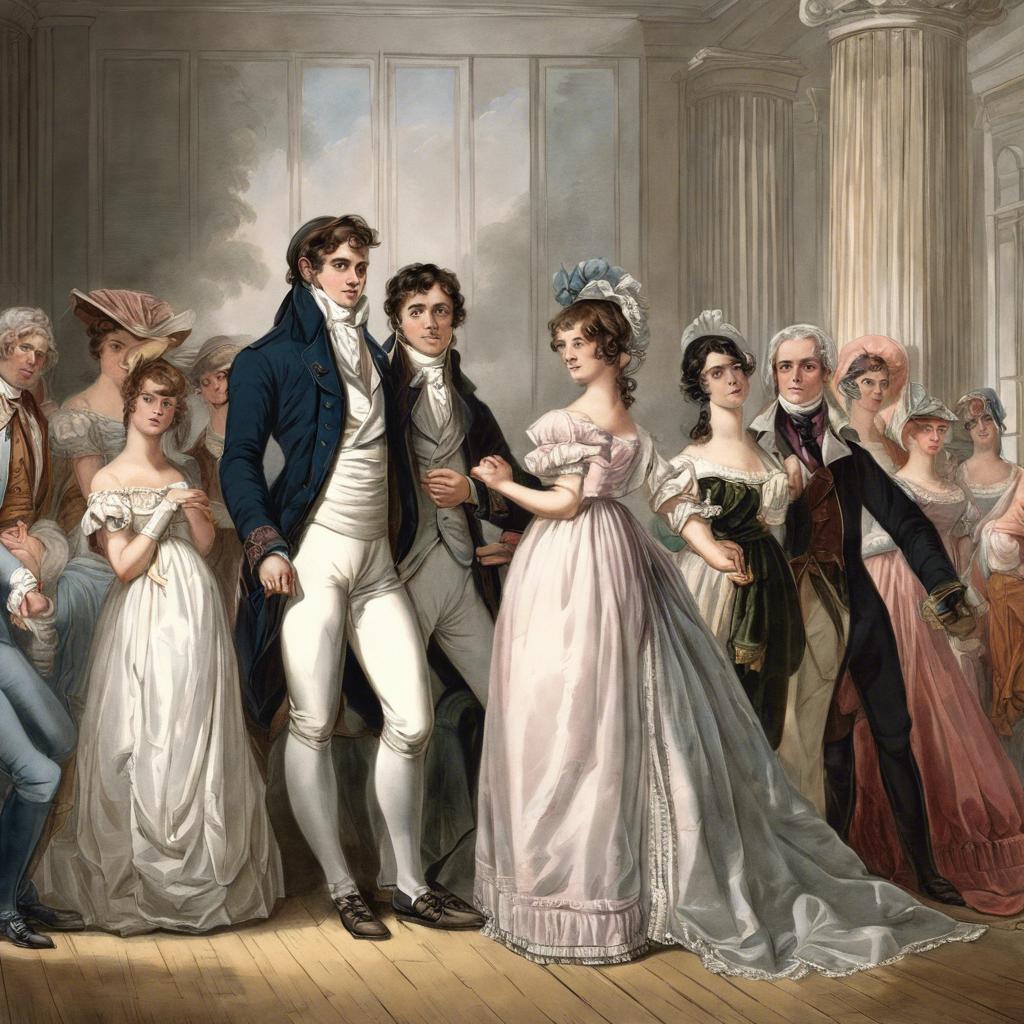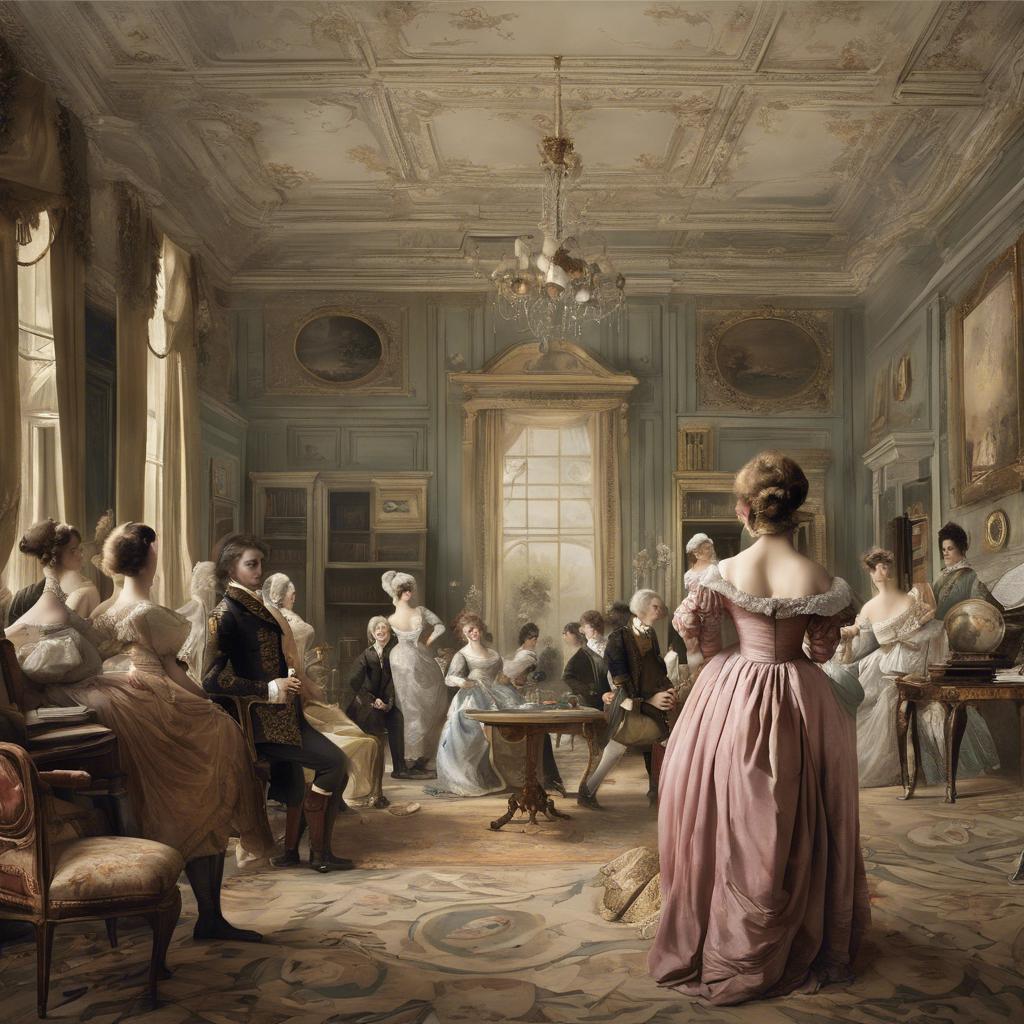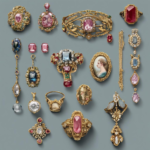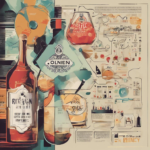The Regency Era, often referred to as a pivotal period in British history, era-jewelry-for-sale/” title=”regency era jewelry for sale”>marked a time of political turmoil, cultural transformation, and lavish societal customs. From 1811 to 1820, this period saw the rule of Prince George IV as regent in place of his father, King George III, due to the latter’s descent into madness. The Regency Era left a lasting influence on art, architecture, fashion, and literature, making it a fascinating subject of study for historians and enthusiasts alike. In this article, we will delve into the significance and defining characteristics of the Regency Era, shedding light on its impact on society and culture.
Step Into the World of Cheryl Bolen
Dive into the enchanting stories of love, intrigue, and elegance set in the Regency Era. Cheryl Bolen's novels offer timeless romance and captivating tales that will leave you wanting more.
Explore Cheryl Bolen's Books Now
Introduction to the Regency Era
The Regency Era, which lasted from 1811 to 1820, was a defining period in British history marked by elegance, refinement, and cultural vibrancy. This era was named after the Prince Regent, who ruled in place of his father, King George III, due to the latter’s mental incapacity. The Regency Era is often associated with the Jane Austen novels that captured the essence of this time, showcasing the societal norms, fashions, and manners of the period.
During the Regency Era, London became a hub of social activity, with lavish balls, elegant soirees, and vibrant literary circles. The Regency fashion was characterized by delicate muslin dresses for women and tailcoats for men, reflecting the elegance and sophistication of the era. Additionally, architecture and design flourished during this time, with the Regency style marked by symmetry, clean lines, and classical influences.
Despite the opulence and refinement of the Regency Era, it was also a period of political and social change. The Napoleonic Wars, the Industrial Revolution, and the abolition of the slave trade all had significant impacts on British society during this time. The Regency Era symbolizes a unique blend of tradition and progress, making it a fascinating period to explore for those interested in history and culture.
Exploring the Social and Political Landscape of the Regency Era
In the early 19th century, the Regency Era marked a pivotal period in British history, spanning from 1811 to 1820. This era was characterized by the rule of the Prince Regent, later King George IV, due to the mental incapacity of his father, King George III. The social and political landscape of the Regency Era was shaped by aristocratic privilege, rapid industrialization, and significant cultural developments.
**Social Structure:** During the Regency Era, society was divided into distinct classes with little social mobility. The nobility, including the royal family, held the highest social status, followed by the gentry, the middle class, and the working class. Etiquette, fashion, and social gatherings played a crucial role in maintaining social hierarchies and relationships among the elite.
**Political Climate:** The Regency Era was marked by political upheaval and reform movements, such as the Napoleonic Wars and the campaign for parliamentary reform. The ruling Tory government faced challenges from Whig politicians advocating for greater representation and political rights for the general population. The era also saw the emergence of influential political figures like Prime Minister Spencer Perceval and Foreign Secretary Lord Castlereagh.
Key Figures and Influential Works of the Regency Era
In the Regency Era, spanning from 1811 to 1820, England saw a shift in leadership with King George III’s decline in health leading to his son, George IV, ruling as Prince Regent. This period is known for its elegance, wit, and cultural advancements, reflected in the literature, architecture, and fashion of the time.
Key figures of the Regency Era include renowned author Jane Austen, whose novels such as “Pride and Prejudice” and “Sense and Sensibility” are still revered today for their social commentary and wit. Another influential figure is architect John Nash, known for his work on the Royal Pavilion in Brighton and Regent Street in London, which helped shape the Georgian and Regency architectural styles.
Other notable works of the Regency Era include Lord Byron’s poetry, which captivated audiences with its romantic and political themes, and John Constable’s landscape paintings, which showcased the beauty of the English countryside. These works, along with others from this vibrant period, continue to inspire and influence artists and thinkers to this day.
Recommendations for Further Research and Study of the Regency Era
Further research and study of the Regency Era can provide a deeper understanding of this pivotal period in British history. To continue exploring this fascinating time, consider the following recommendations:
**Primary Sources**
- Delve into primary sources such as letters, diaries, and newspapers from the Regency Era to gain insights into the daily lives and experiences of people during this time.
- Visit archives and historical societies to access firsthand accounts and documents that offer a glimpse into the social, political, and cultural dynamics of the era.
**Literary Works**
- Read works by prominent authors of the Regency Era, such as Jane Austen and Lord Byron, to explore the themes and styles that defined literature during this period.
- Analyze how these writers reflected and critiqued the society of their time through their novels, poems, and essays.
| **Events to Study** |
|---|
| 1811: Regency Period Begins |
| 1815: Battle of Waterloo |
| 1820: Death of George III |
To Conclude
the Regency Era marked a crucial period in British history, characterized by the unique political and social developments during the reign of King George IV. From the elegant fashions and luxurious lifestyles of the upper class to the struggles of the lower classes and advancements in art and literature, the Regency Era left a lasting impact on society. By delving into the intricacies of this era, we gain a deeper understanding of the cultural nuances and historical significance of this fascinating period. As we continue to explore and appreciate the legacy of the Regency Era, we are reminded of the enduring influence it has had on our modern world.


